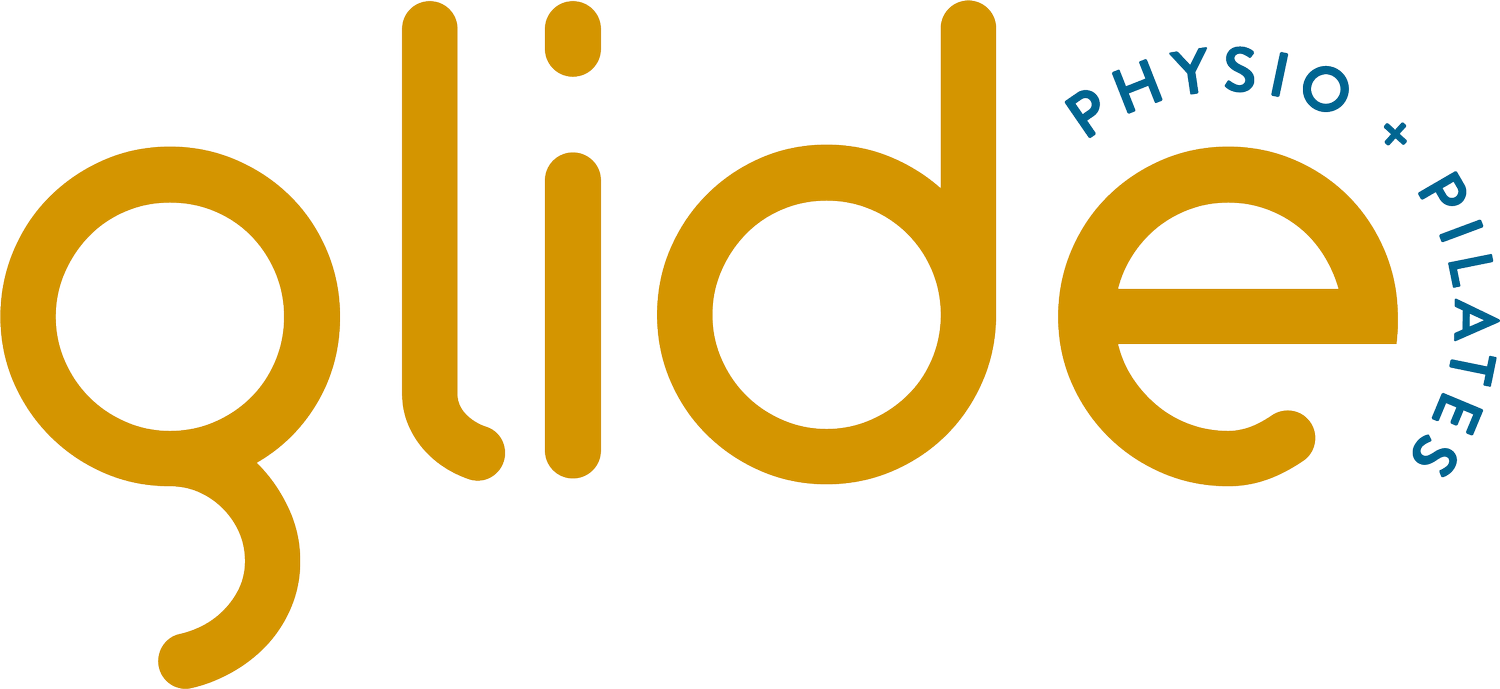What is Joint Mobilisation?
Joint mobilisation is a manual therapy technique used by physiotherapists to improve range of motion and reduce pain in both spinal and peripheral joints (e.g. shoulders, hips, knees). It involves applying gentle, controlled movements to the joint, targeting restrictions to help restore optimal function. These movements are typically performed as oscillations—small, rhythmic movements at varying speeds and depths based on treatment goals. In some cases, static sustained pressure is applied to hold the joint in a specific position, allowing for gradual softening of the tissues and easing of tension. Mobilisation can focus on physiological movements (natural joint movements like flexion or rotation) and accessory movements (small, passive movements within the joint such as gliding or rolling that are essential for full mobility).
What Does Joint Mobilisation Feel Like?
Clients generally describe joint mobilisation as a rhythmic, gentle pressure or stretching sensation in the treated joint. For sustained pressure techniques, there may be a feeling of gradual release or relaxation in the joint. Most people find the treatment comfortable, although mild soreness afterward is common and typically resolves within a day or two.
How Does Joint Mobilisation Work?
Joint mobilisation can relieve pain and improve function through several mechanisms:
Pain Gating Theory: The movements in joint mobilisation stimulate sensory receptors in the joint, which helps "gate" or block pain signals travelling to the brain, reducing the perception of pain.
Increased Circulation: Mobilisation promotes blood flow to the area, supporting tissue healing and reducing stiffness.
Release of Muscle Tension: Mobilising a stiff joint often eases tension in surrounding muscles, reducing pain and allowing freer movement.
Conditions That Can Benefit from Joint Mobilisation
Joint mobilisation is beneficial for various conditions, including:
- Osteoarthritis
- Back and Neck Pain
- Headaches
- Frozen Shoulder (Adhesive Capsulitis)
- Ankle Sprains
- Post-Surgical Stiffness
Benefits of Joint Mobilisation
Joint mobilisation can be effective for:
- Restoring Range of Motion: Mobilisation addresses joint restrictions, improving flexibility and functional range in affected joints.
- Reducing Pain: By relieving joint stiffness and modulating pain perception, mobilisation can help manage pain.
- Enhancing Daily Function: Increased mobility and reduced pain make daily activities and exercise easier and more comfortable, enhancing quality of life.
Potential Side Effects
Most clients tolerate joint mobilisation well, but some may experience:
- Mild Soreness or Discomfort: Temporary soreness around the treated area is common and usually subsides within a day or two.
- Fatigue: Some clients feel fatigued as their body adjusts to the increased mobility.
What Does the Latest Evidence Say?
Evidence supports joint mobilisation as an effective treatment for pain management and functional improvement across many conditions, including osteoarthritis, back pain, and shoulder impingement. Studies show that mobilisation enhances range of motion, reduces pain, and, when combined with exercises, can provide long-term benefits for joint health and function.
